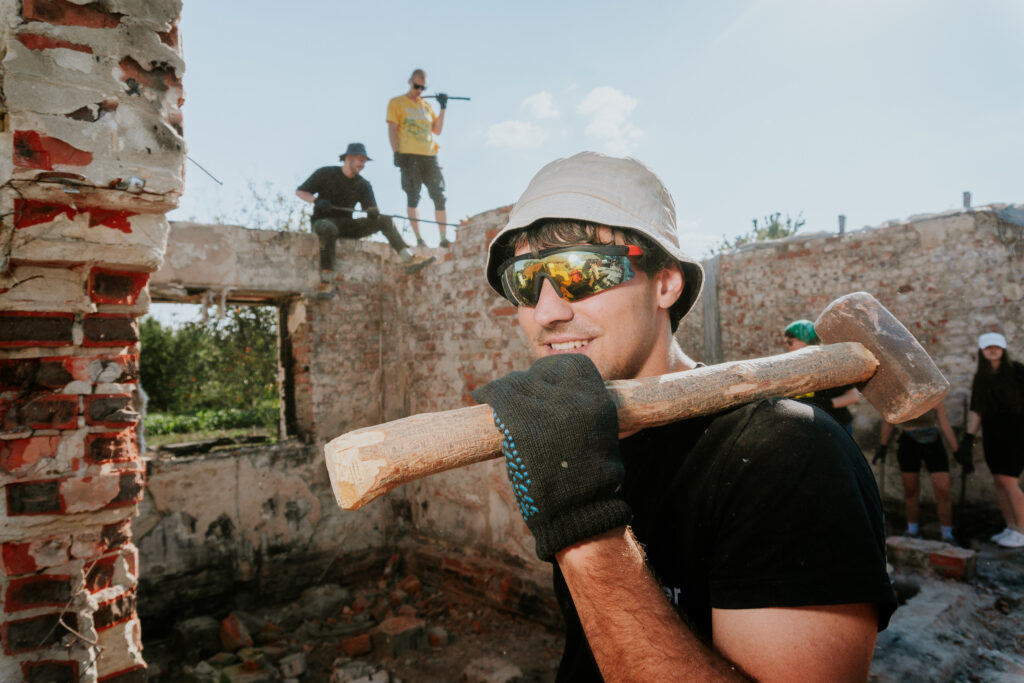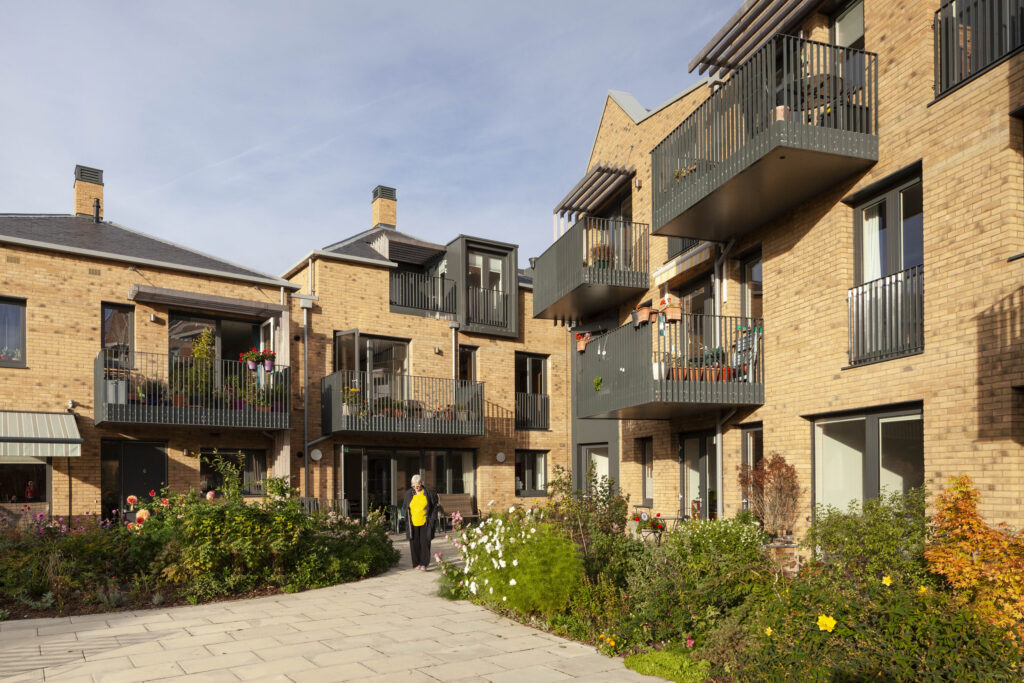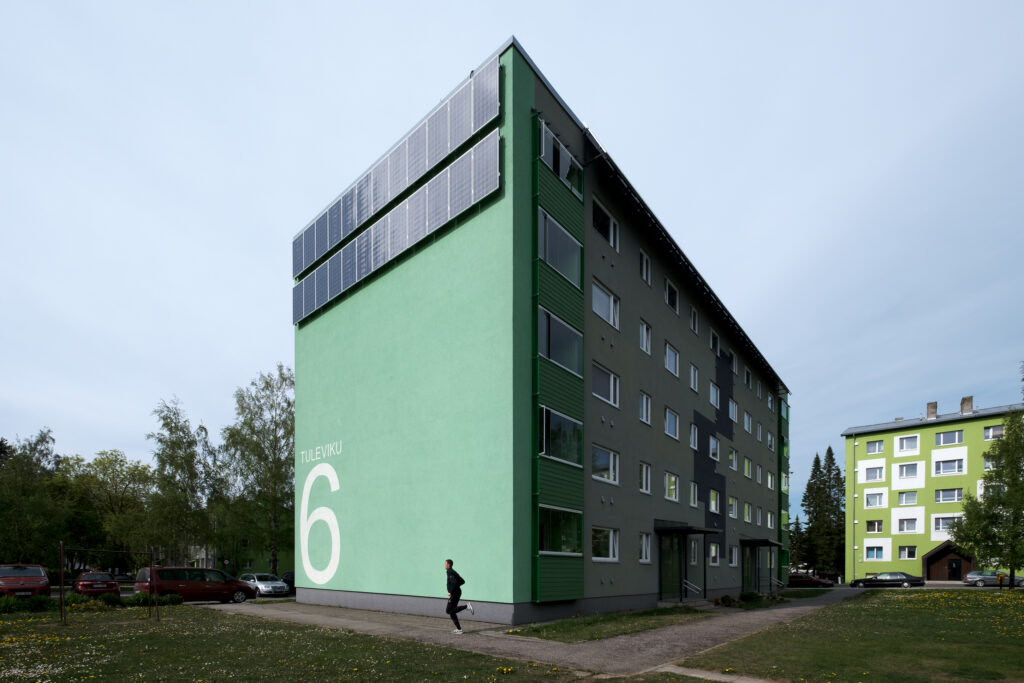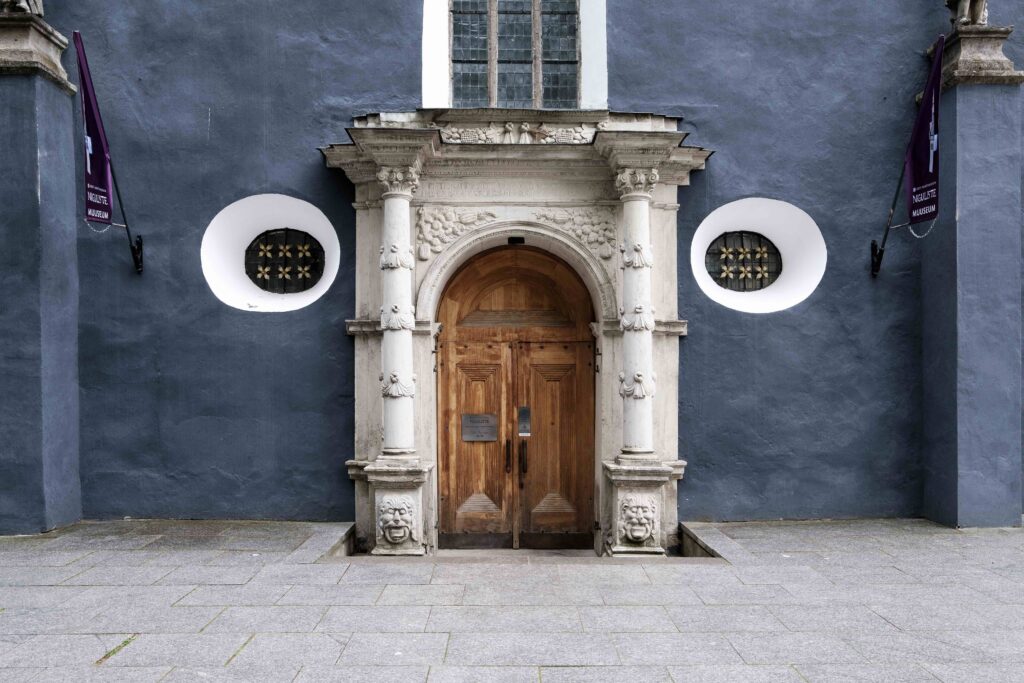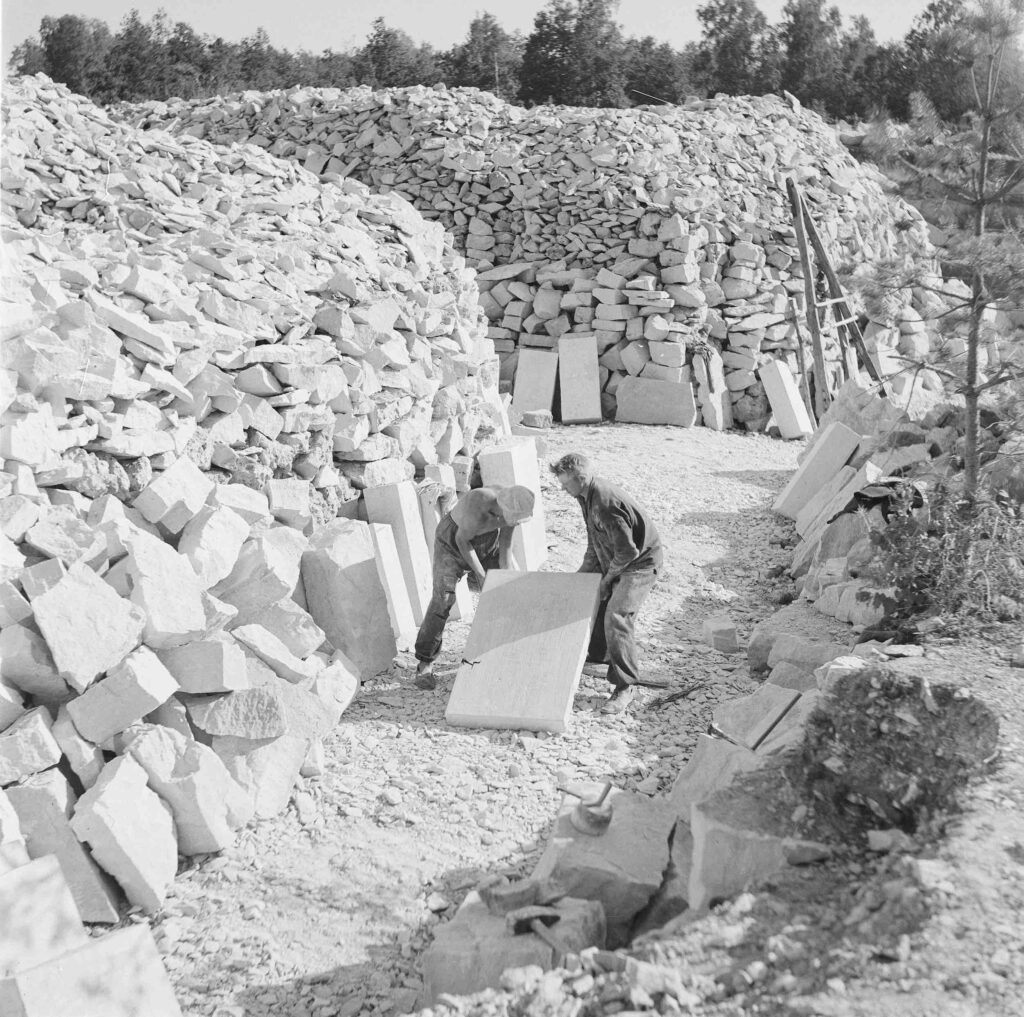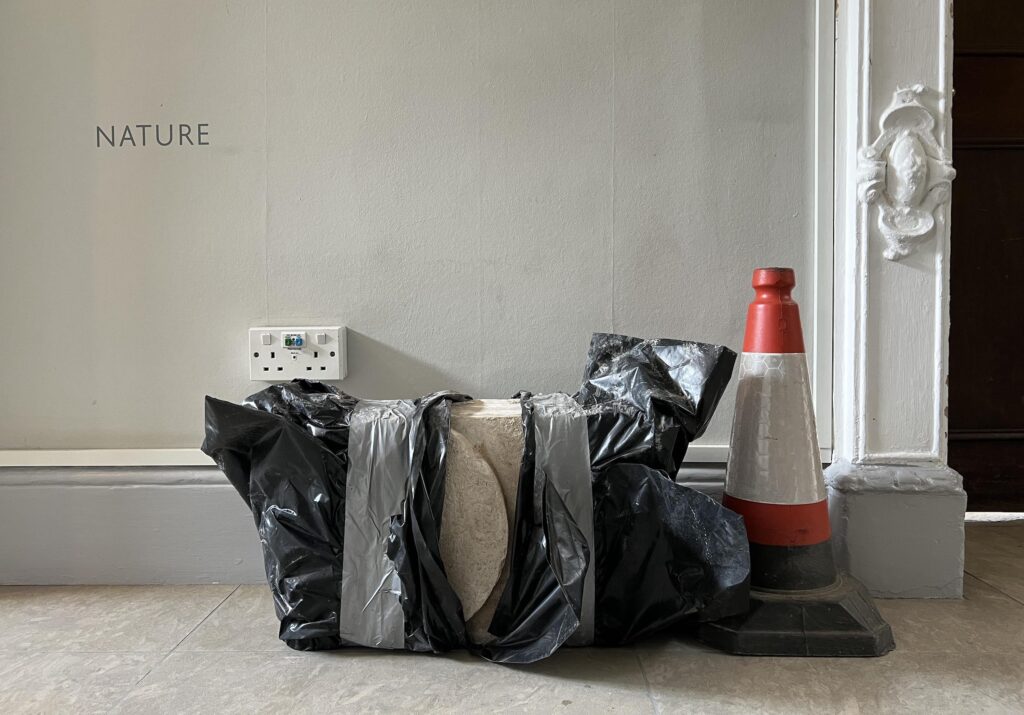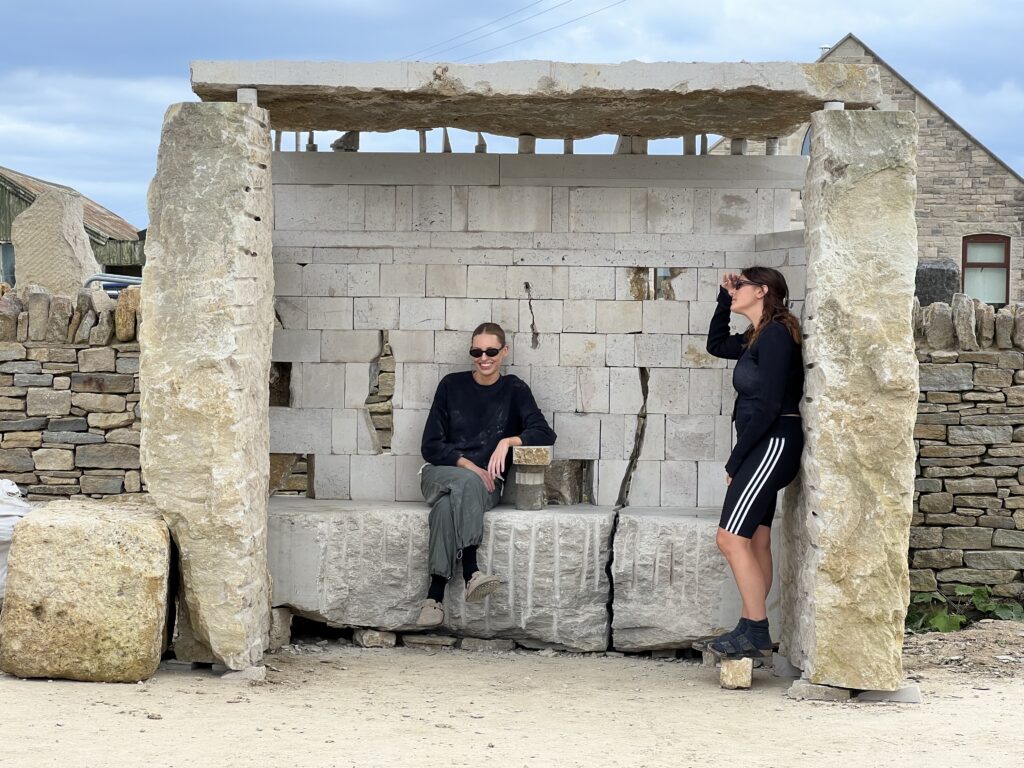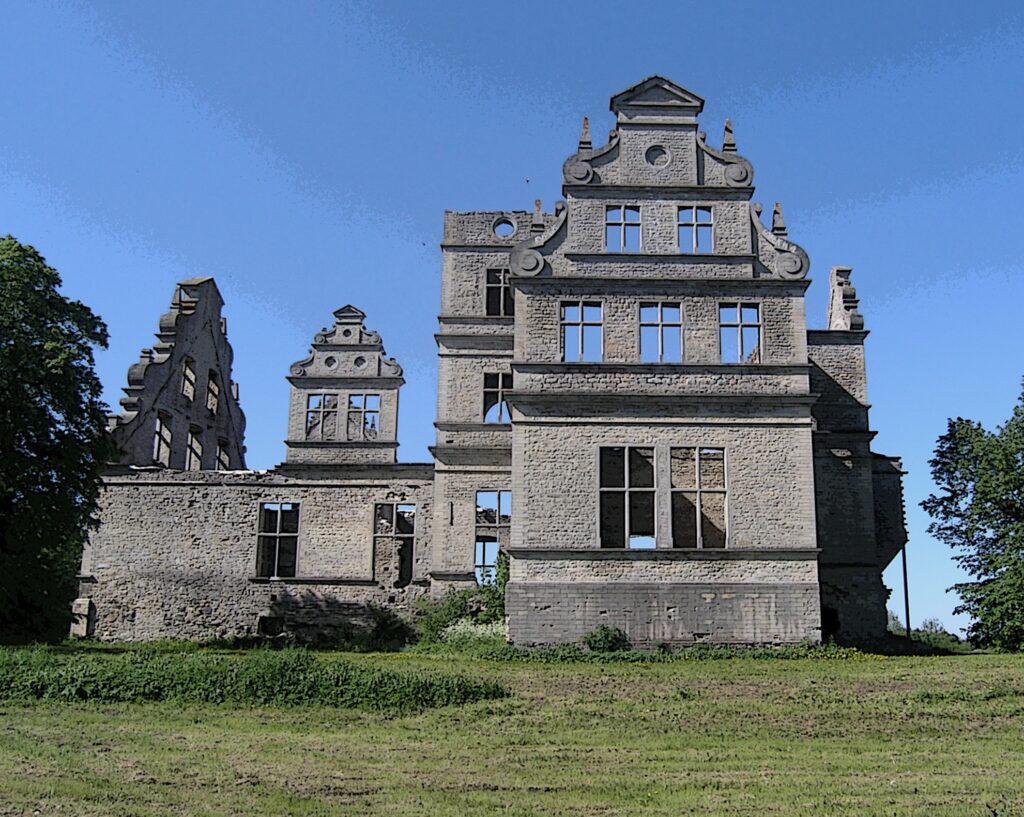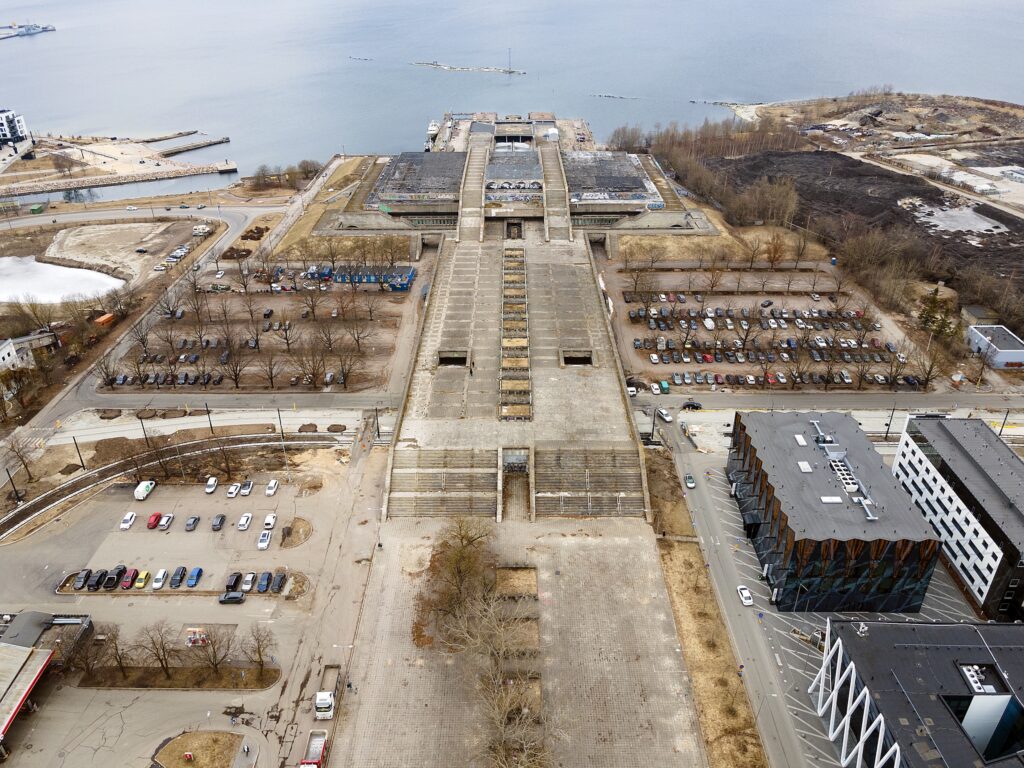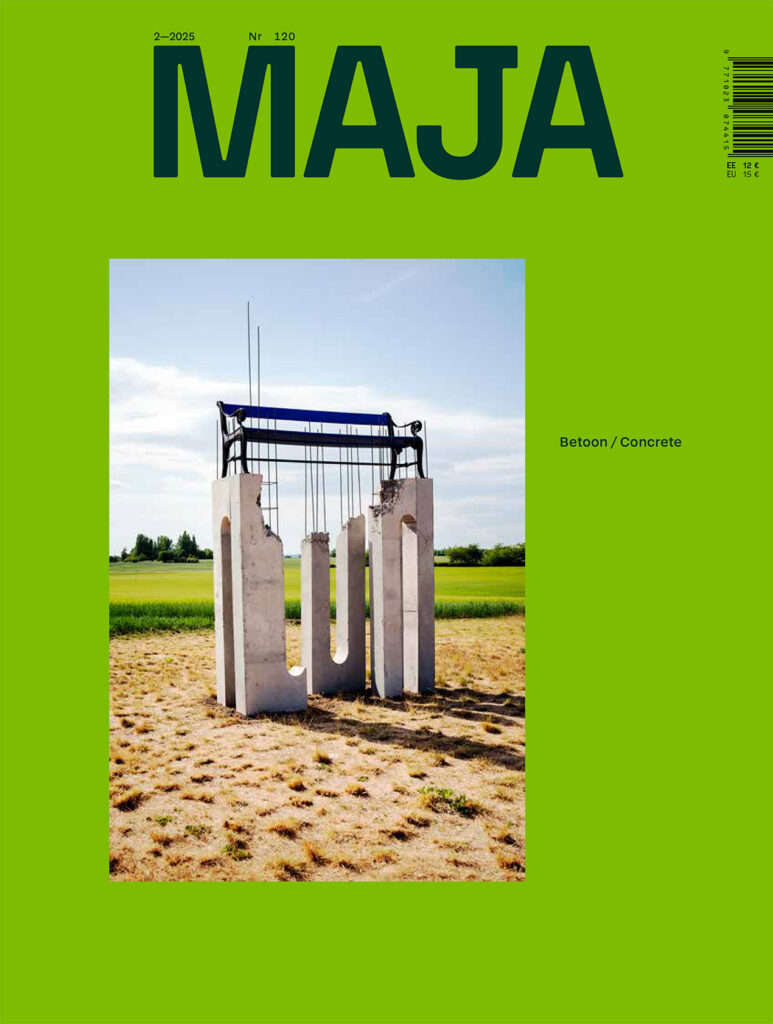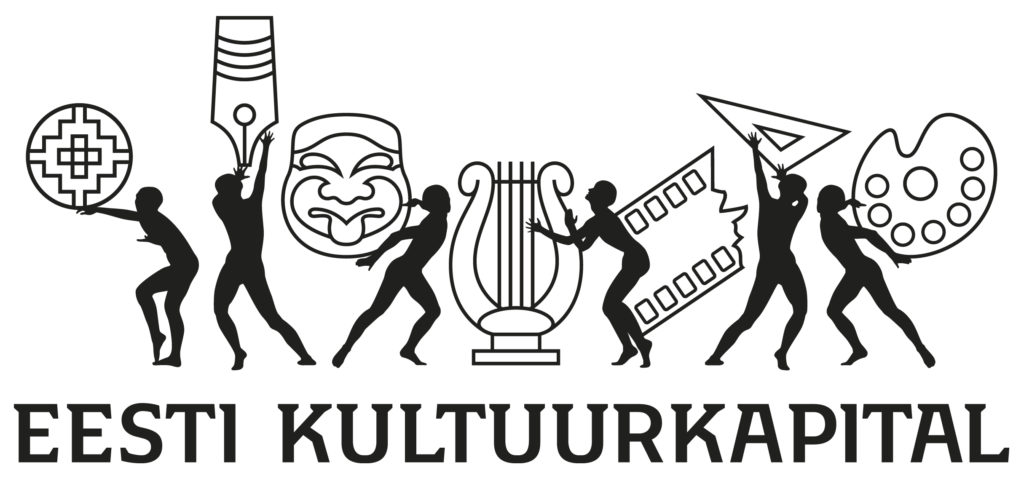SPATIAL DESIGN
In contemporary discourse, the term 'infrastructure' typically conjures images of roads, bridges, and utilities—physical systems essential to the functioning of our societies. However, the concept of infrastructure can be extended beyond its tangible form to encompass networks of care, healing, and empathy. As a community initiative, an ‘infrastructure of care’ transcends mere functionality, weaving connections that nurture the human spirit and foster collective healing.
In 2016, a group of women moved into a building in the borough of Barnet on the outskirts of London—a building that had been developed and built in collaboration with them and specially for them. Thus culminated a process that had begun in 1998, when some of these women founded the Older Women’s Co-Housing (OWCH) group.
On the backdrop of successful energy efficiency renovations, one can also notice two worrying trends—residents moving out either due to a lack of renovation, or due to renovation.
The term ‘accessibility’ marks everyone’s involvement in the living and informational environment, regardless of their age or health, by ensuring equal opportunities for everyone’s participation in the society. The topic is increasingly discussed both on the national and municipal level, and work to improve accessibility is also ongoing in cultural institutions, including museums, which this article will be focusing on.
Limestone in Estonian Construction and Architecture in the 20th Century.
Acting as material broker, Amaya Hernandez writes about saving more than 100 million years old stone from being ground into aggregate for a concrete planter.
Designing in close collaboration with what the material provides, ’Working Stone’ summer school uncovered some interesting alternative approaches to productive reuse.
Geologist Helle Perens emphasises that instead of worrying about the environmental impact of quarrying building stone, we should worry that there are plans for the near future to extract senseless amounts of it, including very high-quality stone, only to crush it into aggregate.
Architect Madli Kaljuste takes a look at Linnahall that hides traces of 400-million-years-old life in its walls.
The essay 'Sedimentary Flows and Creative Geologies' by Galaad Van Daele was commissioned for the publication Reset Materials--Towards Sustainable Architecture, edited by Chrissie Muhr and published by the Danish Architectural Press (Arkitektens Forlag, September 2023).
Postitused otsas
ARCHITECTURE AWARDS


